Home>Gardening & Outdoor>Landscaping Ideas>How Can Fertilizers Used On Lawns And Fields Affect A Lake?
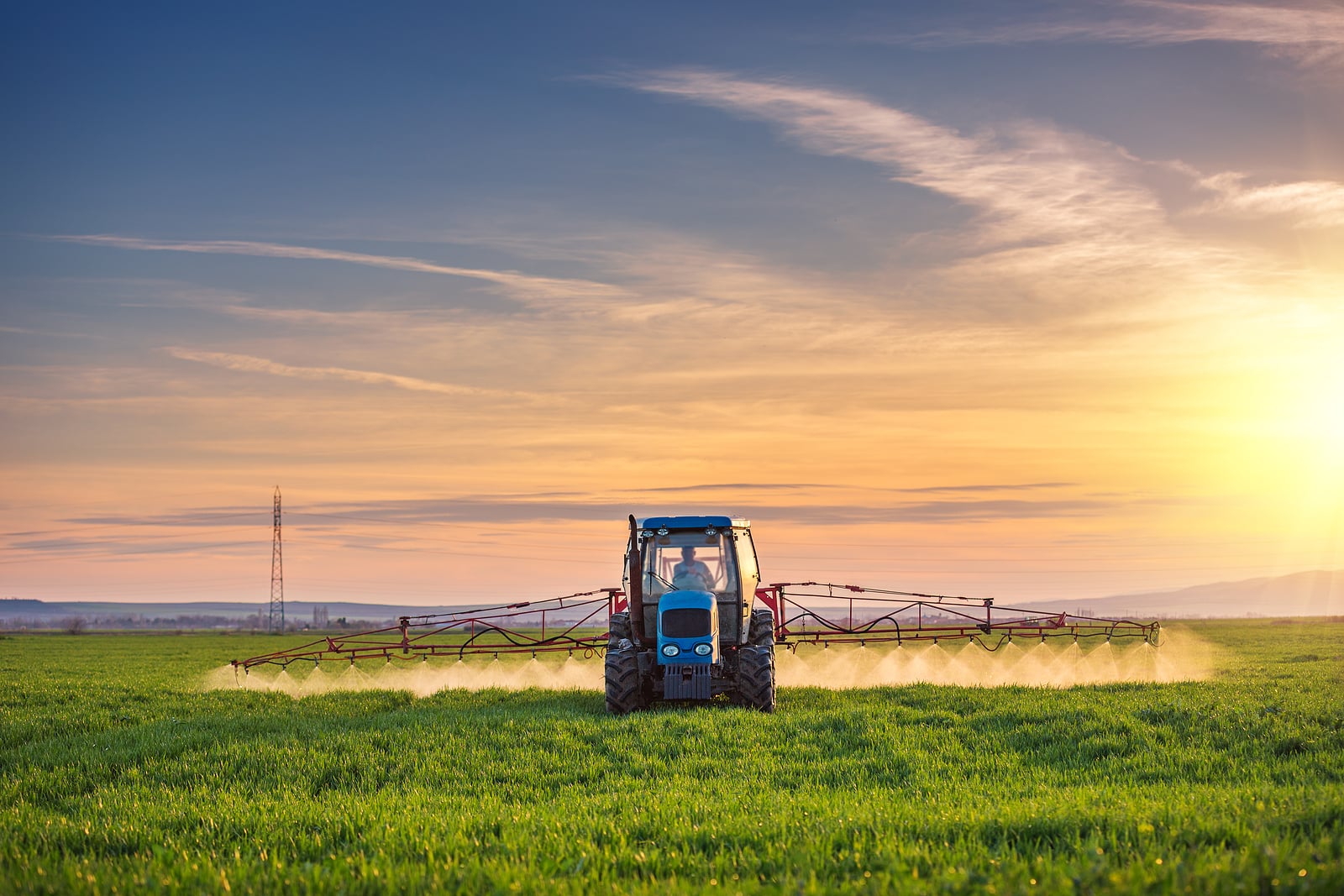

Landscaping Ideas
How Can Fertilizers Used On Lawns And Fields Affect A Lake?
Modified: February 28, 2024
Learn how fertilizers used on lawns and fields can impact nearby lakes and get expert landscaping ideas to minimize environmental harm. Discover sustainable practices now!
(Many of the links in this article redirect to a specific reviewed product. Your purchase of these products through affiliate links helps to generate commission for Storables.com, at no extra cost. Learn more)
Introduction
Fertilizers are essential for maintaining healthy lawns and robust crop yields in agricultural fields. However, the use of fertilizers can have unintended and detrimental effects on nearby lakes and water bodies. Understanding how fertilizers used on lawns and fields can impact lakes is crucial for promoting sustainable land management practices and safeguarding aquatic ecosystems.
In this article, we will explore the intricate relationship between fertilizers, lawns, fields, and lakes. We will delve into the mechanisms through which fertilizers are transported from application sites to lakes and examine the potential consequences of fertilizer runoff on lake ecosystems. Additionally, we will discuss proactive measures that can be implemented to mitigate the adverse effects of fertilizers on lakes, thereby preserving water quality and biodiversity.
By shedding light on the interconnectedness of terrestrial and aquatic environments, we aim to underscore the importance of responsible fertilizer use and the preservation of our precious freshwater resources. Let's embark on a journey to unravel the impact of fertilizers on lakes and explore strategies for fostering ecological harmony between land and water.
Key Takeaways:
- Fertilizers used on lawns and fields can harm lakes by causing nutrient imbalances and algal blooms, impacting water quality and biodiversity. Responsible fertilizer use is crucial for protecting our precious freshwater ecosystems.
- Efforts to minimize fertilizer impact on lakes include precision application, slow-release fertilizers, and vegetative buffers. Education, regulations, and community engagement are vital for promoting sustainable land management and safeguarding the health of lakes.
The Impact of Fertilizers on Lawns and Fields
Fertilizers play a pivotal role in promoting plant growth and enhancing the aesthetic appeal of lawns while bolstering agricultural productivity in fields. These chemical formulations are designed to supply essential nutrients, such as nitrogen, phosphorus, and potassium, which are vital for plant development. When applied judiciously, fertilizers can contribute to lush, verdant lawns and bountiful harvests in agricultural settings.
However, excessive or indiscriminate use of fertilizers can have far-reaching implications. In lawns, the overapplication of fertilizers can lead to an accumulation of nutrients in the soil, disrupting the delicate balance of the ecosystem. This imbalance may result in the proliferation of fast-growing grasses, making lawns more susceptible to diseases and pests. Furthermore, the runoff of excess nutrients from lawns during rainfall or irrigation can contribute to water pollution, impacting nearby lakes and streams.
In agricultural fields, the extensive use of fertilizers can also pose challenges. While fertilizers are essential for fueling crop growth, their application in large quantities can lead to nutrient imbalances in the soil. Moreover, when fertilizers are applied in excess or during unfavorable weather conditions, such as heavy rain, they can be prone to runoff, carrying nutrients into water bodies. This runoff can have detrimental effects on the aquatic environment, as it may trigger algal blooms and disrupt the natural equilibrium of lake ecosystems.
It is imperative to recognize that the impact of fertilizers on lawns and fields extends beyond the immediate vicinity of their application. The repercussions of fertilizer use can reverberate across landscapes, affecting not only terrestrial vegetation but also the delicate aquatic ecosystems sustained by lakes and rivers.
Transport of Fertilizers to Lakes
Once fertilizers are applied to lawns and fields, they can be transported to lakes through various pathways, posing a potential threat to water quality and ecological balance. The primary mechanisms through which fertilizers reach lakes include surface runoff, leaching, and atmospheric deposition.
Surface Runoff: Following fertilization, precipitation or irrigation can mobilize excess nutrients from lawns and fields, carrying them across the land surface and into nearby water bodies. This runoff serves as a conduit for the transportation of fertilizers, along with associated pollutants, to lakes and streams. The rapid influx of nutrients into aquatic ecosystems can fuel the growth of algae and aquatic plants, leading to eutrophication and a decline in water quality.
Leaching: In agricultural contexts, the process of leaching allows water-soluble nutrients from fertilizers to percolate through the soil and infiltrate groundwater reserves. Subsequently, these nutrients can find their way into subsurface drainage networks, ultimately discharging into lakes and reservoirs. The influx of dissolved nutrients, particularly nitrogen and phosphorus, into lakes can instigate algal blooms and compromise the ecological equilibrium of aquatic habitats.
Atmospheric Deposition: Fertilizer particles and their associated compounds can also be transported to lakes through atmospheric deposition. Wind can carry fine particles derived from fertilizers, dispersing them over water bodies. Additionally, reactive nitrogen compounds, originating from fertilizer application and industrial activities, can be released into the atmosphere and subsequently deposited into lakes via precipitation. This process contributes to the enrichment of lake waters with nitrogen, exacerbating nutrient imbalances and fostering the overgrowth of algae.
These pathways collectively underscore the potential for fertilizers to be mobilized from terrestrial environments to lakes, where they can exert profound effects on water quality and ecological dynamics. Recognizing the routes through which fertilizers are transported to lakes is crucial for devising targeted strategies to mitigate their impact and safeguard the health of aquatic ecosystems.
When fertilizers are used on lawns and fields, the excess nutrients can run off into nearby lakes, causing algae blooms and depleting oxygen levels. This can harm aquatic life and affect water quality. Consider using natural or slow-release fertilizers to minimize impact on the lake.
Effects of Fertilizers on Lake Ecosystems
The introduction of fertilizers into lake ecosystems can instigate a cascade of ecological changes, exerting both direct and indirect effects on the delicate balance of aquatic habitats. The consequences of fertilizers on lake ecosystems encompass a spectrum of environmental challenges, encompassing eutrophication, biodiversity loss, and water quality degradation.
Eutrophication: One of the most prominent effects of fertilizers on lakes is the phenomenon of eutrophication. Excessive nutrient inputs, particularly nitrogen and phosphorus derived from fertilizers, can fuel the rapid growth of algae and aquatic plants. As these organisms proliferate, they form dense blooms that can blanket the water surface, impeding sunlight penetration and hindering the oxygenation of the water column. Consequently, the depletion of oxygen levels in lake waters can lead to fish kills and the disruption of aquatic food webs, jeopardizing the overall health of the ecosystem.
Biodiversity Loss: The overabundance of nutrients in lakes, stemming from fertilizer runoff, can trigger shifts in species composition and abundance. Native aquatic species may face heightened competition from fast-growing algae, while the excessive growth of aquatic vegetation can alter habitat structures, impacting the availability of resources for other organisms. Consequently, the diversity and abundance of native flora and fauna may decline, leading to a reduction in overall biodiversity within the lake ecosystem.
Water Quality Degradation: Fertilizer-derived nutrients can compromise the quality of lake waters, manifesting as elevated levels of nitrogen and phosphorus. These nutrient imbalances can promote the growth of harmful algal species, some of which produce toxins that pose risks to human health and aquatic life. Moreover, the accumulation of organic matter resulting from algal blooms can lead to foul odors and unsightly appearances, diminishing the recreational and aesthetic value of lakes.
Collectively, the effects of fertilizers on lake ecosystems underscore the need for proactive measures to mitigate nutrient inputs and preserve the ecological integrity of freshwater environments. By comprehensively understanding the repercussions of fertilizers on lakes, stakeholders can work towards implementing sustainable practices to safeguard water quality and the diverse array of life supported by these vital ecosystems.
Ways to Minimize Fertilizer Impact on Lakes
Efforts to mitigate the impact of fertilizers on lakes necessitate a multifaceted approach that encompasses responsible fertilizer application, landscape management strategies, and community engagement. By adopting targeted measures, stakeholders can work collaboratively to minimize the transport of fertilizers to lakes and mitigate their adverse effects on aquatic ecosystems.
Soil Testing and Precision Application: Conducting soil tests to assess nutrient levels and employing precision application techniques can optimize fertilizer use, ensuring that nutrients are supplied in accordance with the specific needs of lawns and fields. By tailoring fertilizer applications to match plant requirements, excess nutrient buildup in the soil can be mitigated, reducing the potential for runoff and leaching into lakes.
Utilization of Slow-Release Fertilizers: Slow-release fertilizers can offer a more controlled and sustained nutrient release, minimizing the risk of nutrient leaching and runoff. These formulations provide a gradual supply of nutrients to plants, enhancing nutrient uptake efficiency and reducing the likelihood of surplus nutrients reaching water bodies.
Implementation of Buffers and Vegetative Strips: Establishing vegetative buffers and strips along water bodies can serve as natural filters, intercepting and absorbing nutrients before they reach lakes. These vegetated zones can mitigate the transport of fertilizers and sediments, while also providing habitat for diverse wildlife and promoting soil stabilization.
Education and Outreach: Educating homeowners, farmers, and land managers about best management practices for fertilizer use is crucial for fostering awareness and promoting responsible stewardship of land resources. Outreach initiatives can empower individuals to make informed decisions regarding fertilizer application, emphasizing the importance of nutrient management and its implications for water quality.
Adoption of Nutrient Management Plans: Developing and implementing nutrient management plans for agricultural operations and landscaping endeavors can facilitate the judicious use of fertilizers, aligning application rates with crop and soil requirements. These plans can incorporate precision agriculture techniques, nutrient budgeting, and conservation practices to optimize nutrient utilization and minimize environmental impacts.
Regulatory Measures and Incentive Programs: Governmental regulations, alongside incentive programs, can play a pivotal role in promoting sustainable fertilizer practices. By enforcing guidelines for fertilizer application and offering incentives for adopting environmentally friendly approaches, regulatory bodies can incentivize compliance with responsible fertilizer use and reward proactive conservation efforts.
By embracing these strategies, stakeholders can work in harmony to curtail the impact of fertilizers on lakes, preserving the ecological balance and water quality of these invaluable aquatic ecosystems. Through collaborative action and a commitment to sustainable land management, it is possible to mitigate the detrimental effects of fertilizers and foster the long-term health of lakes and their surrounding environments.
Read more: What Is The Best Fertilizer For Hay Field
Conclusion
The intricate interplay between fertilizers, lawns, fields, and lakes underscores the profound impact of fertilizer use on aquatic ecosystems. As essential components of land management and agricultural practices, fertilizers play a pivotal role in sustaining plant growth and productivity. However, the unintended consequences of fertilizers on lakes necessitate a concerted effort to minimize their adverse effects and preserve the ecological integrity of freshwater environments.
Recognizing the pathways through which fertilizers are transported to lakes, including surface runoff, leaching, and atmospheric deposition, is paramount for devising targeted strategies to mitigate their impact. By implementing responsible fertilizer application practices, such as precision application and the utilization of slow-release formulations, stakeholders can optimize nutrient use efficiency and curtail the transport of fertilizers to lakes.
Moreover, the establishment of vegetative buffers, the adoption of nutrient management plans, and the dissemination of educational outreach initiatives can empower individuals and communities to make informed decisions regarding fertilizer use, fostering a culture of environmental stewardship and sustainable land management.
It is imperative to recognize that the preservation of water quality and the biodiversity of lake ecosystems hinges on proactive measures to minimize the impact of fertilizers. By embracing a holistic approach that integrates scientific knowledge, regulatory measures, and community engagement, it is possible to safeguard the health of lakes and their surrounding landscapes.
As we navigate the complex dynamics of terrestrial and aquatic environments, the conscientious management of fertilizers emerges as a crucial component of promoting ecological harmony and ensuring the longevity of freshwater ecosystems. By working collaboratively to minimize the impact of fertilizers on lakes, we can uphold the intrinsic value of these vital water bodies and cultivate a sustainable coexistence between land and water.
Through collective dedication and a commitment to responsible land stewardship, we can aspire to mitigate the impact of fertilizers on lakes, fostering a future where the splendor and vitality of freshwater ecosystems endure for generations to come.
Frequently Asked Questions about How Can Fertilizers Used On Lawns And Fields Affect A Lake?
Was this page helpful?
At Storables.com, we guarantee accurate and reliable information. Our content, validated by Expert Board Contributors, is crafted following stringent Editorial Policies. We're committed to providing you with well-researched, expert-backed insights for all your informational needs.
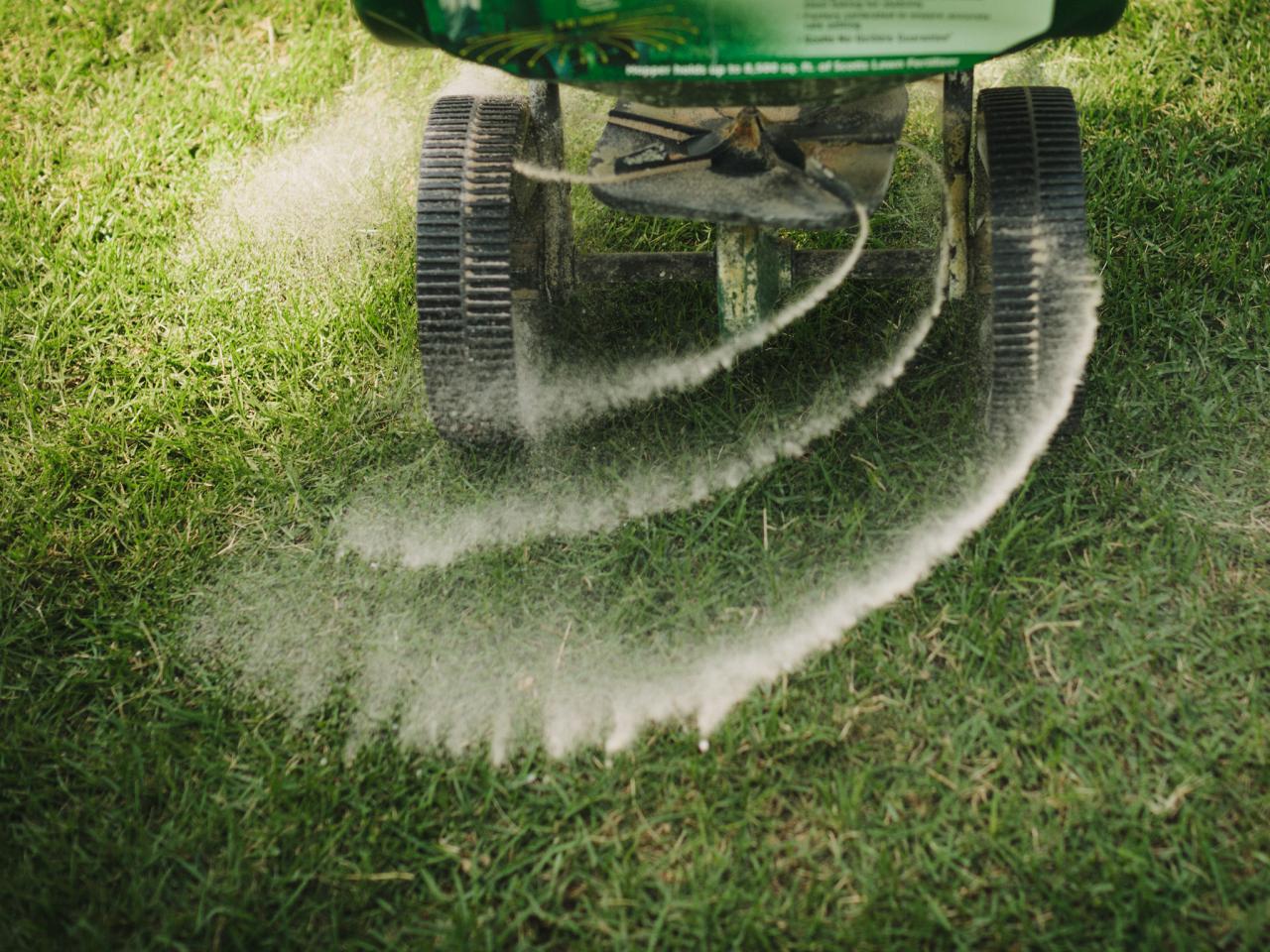
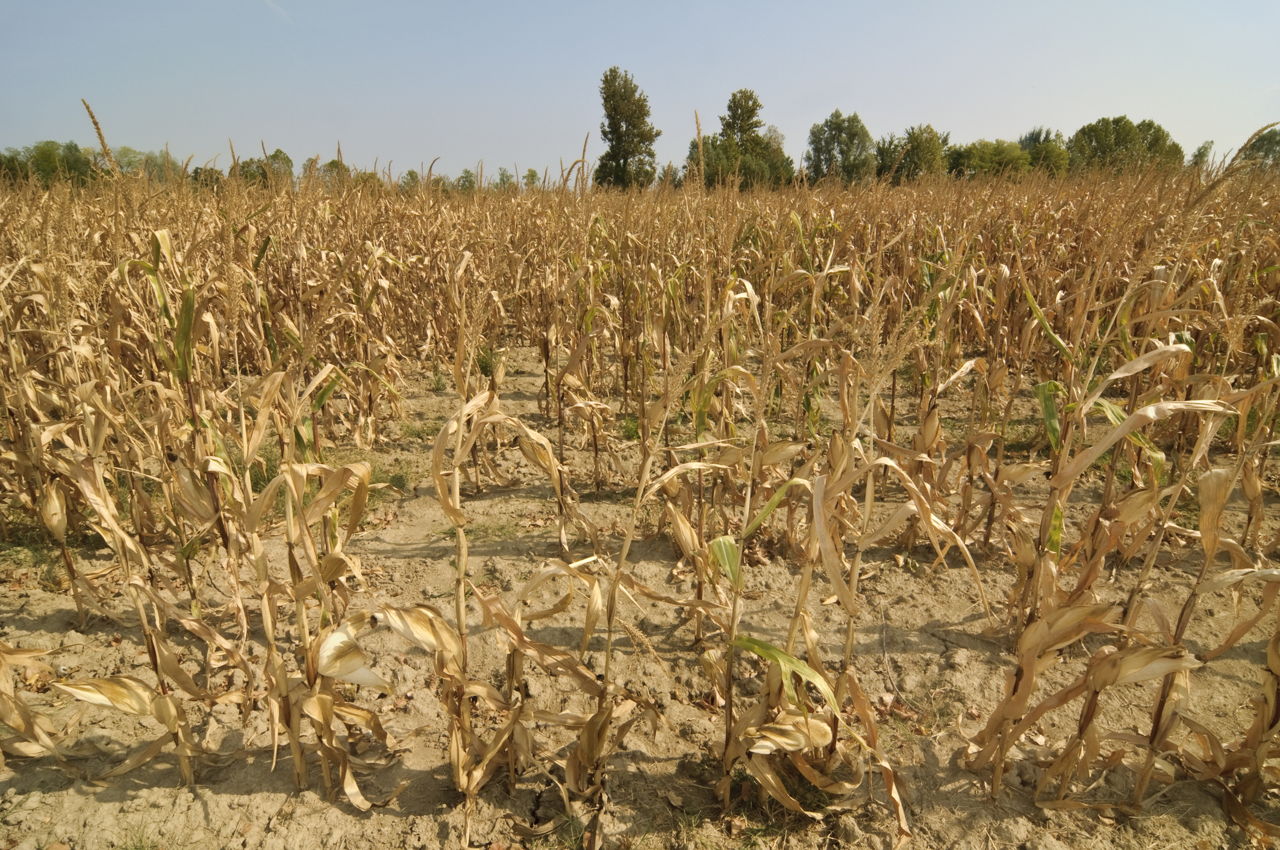
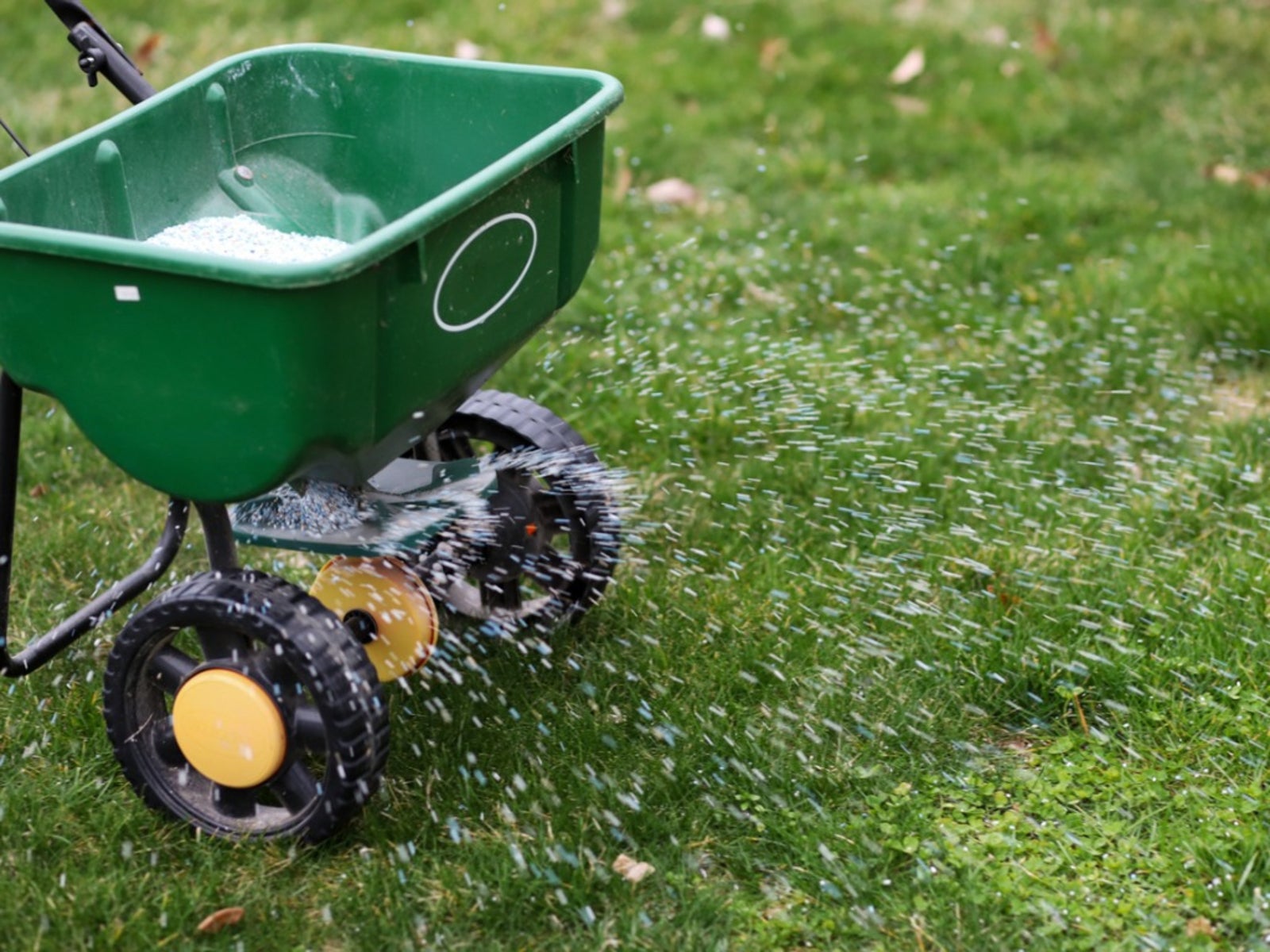


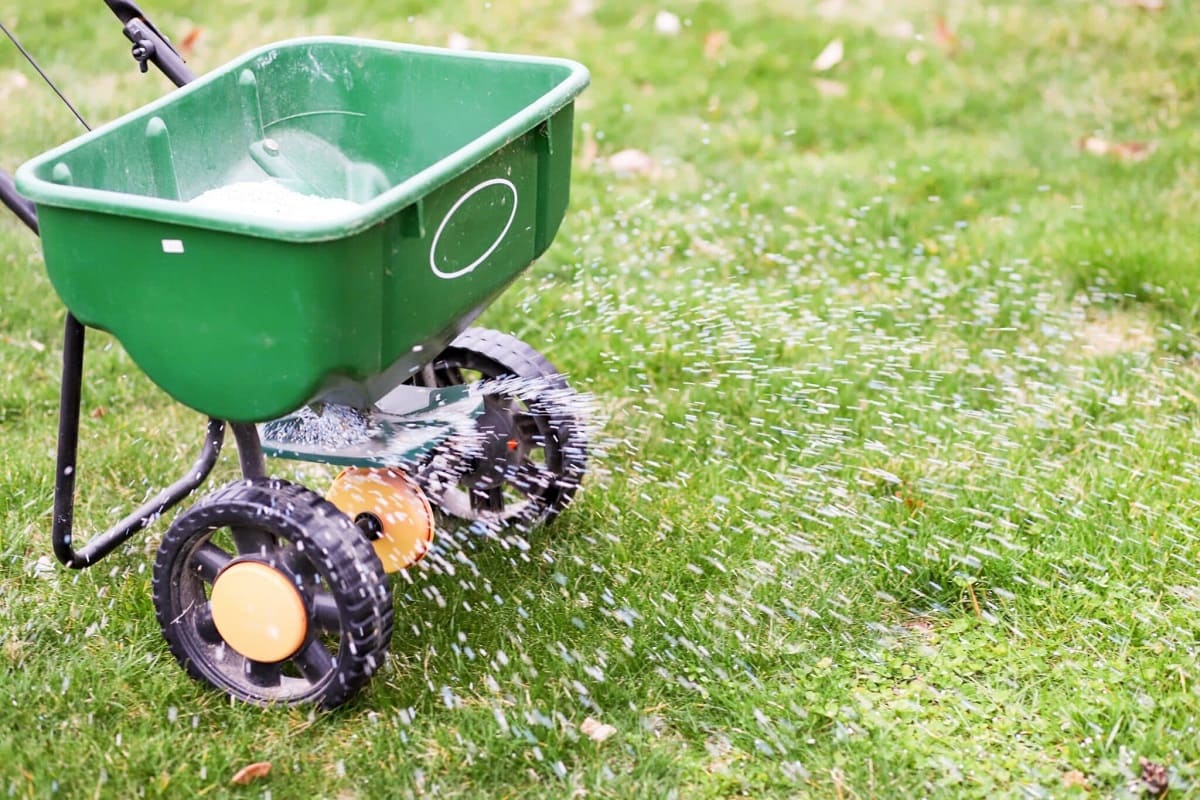
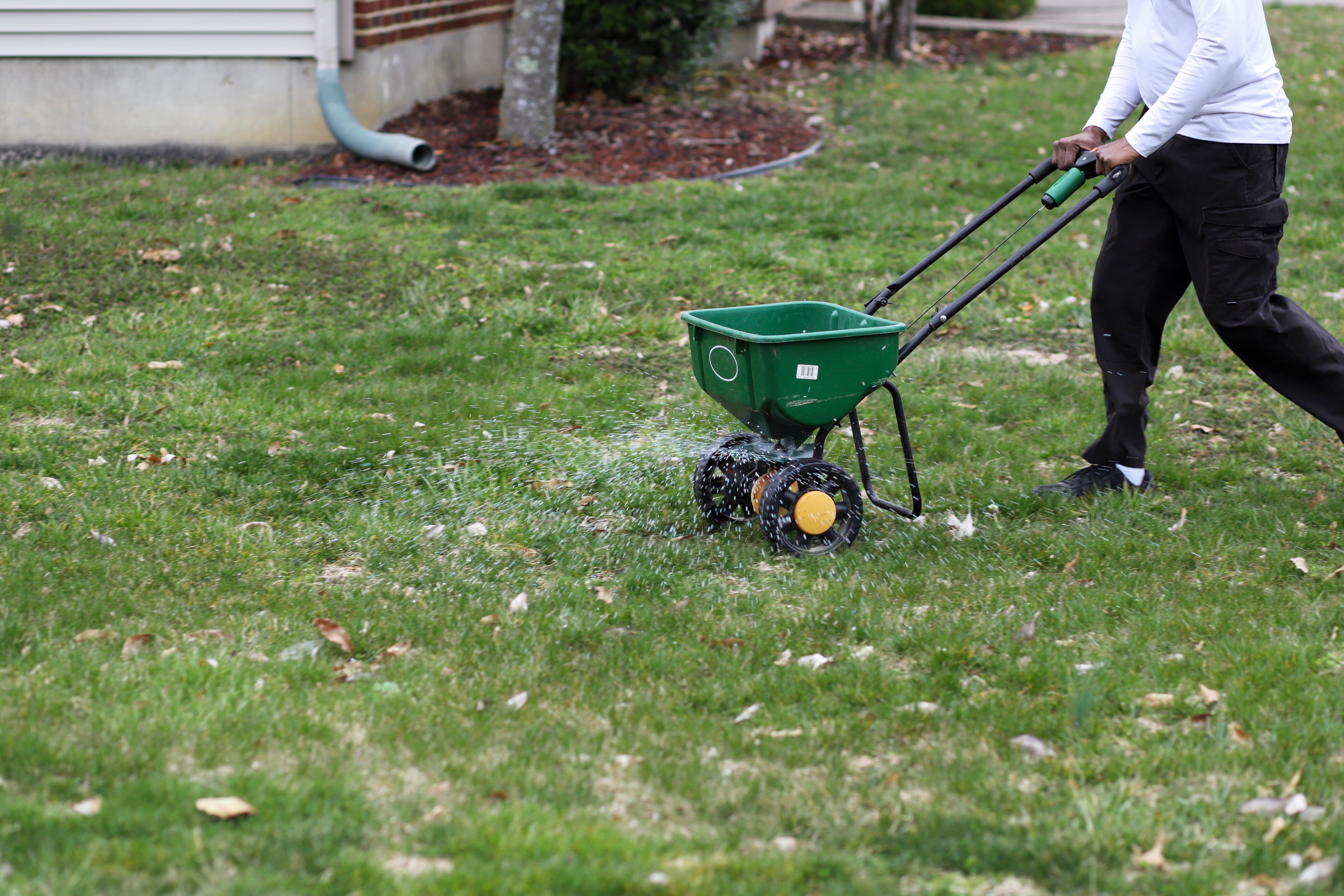
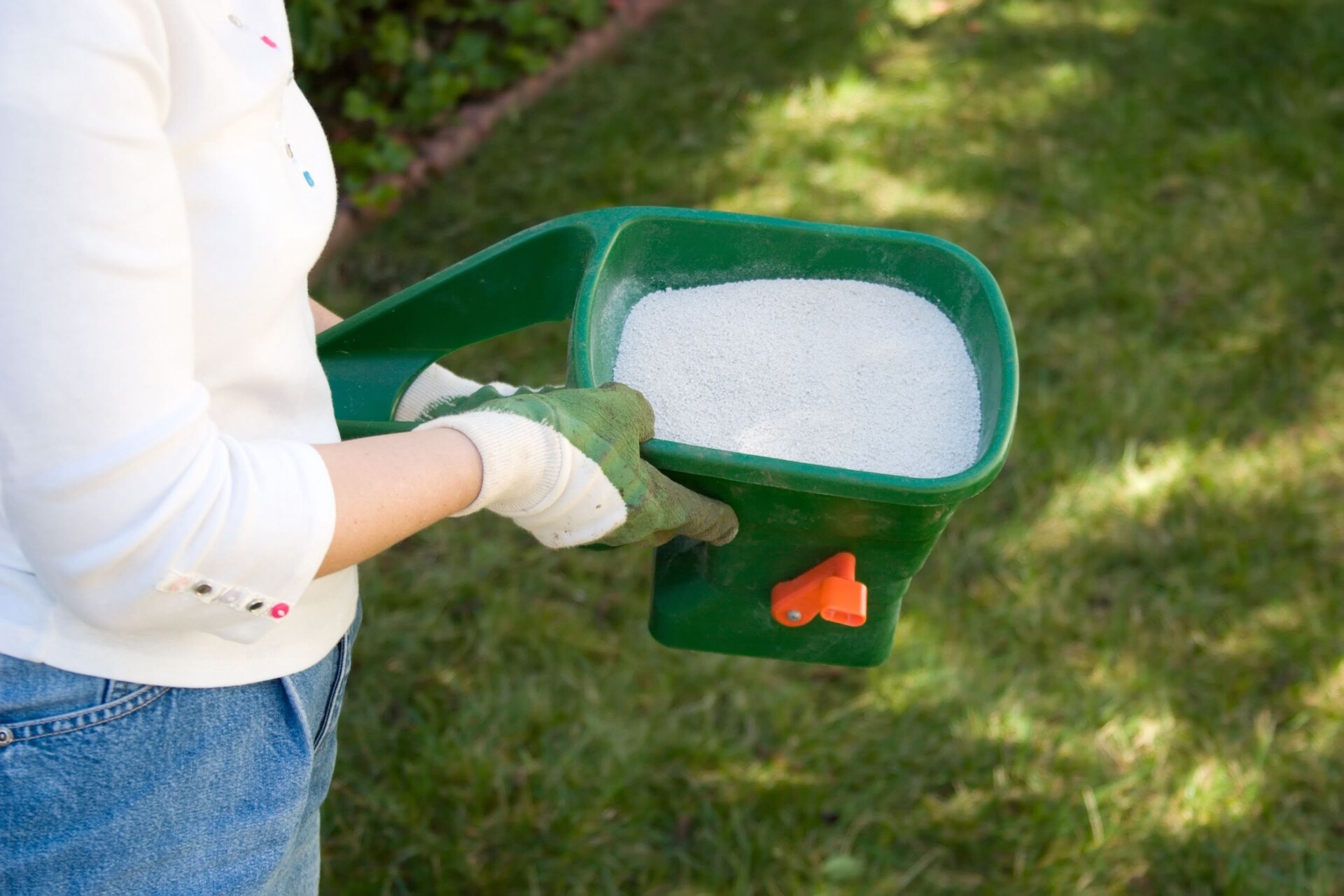
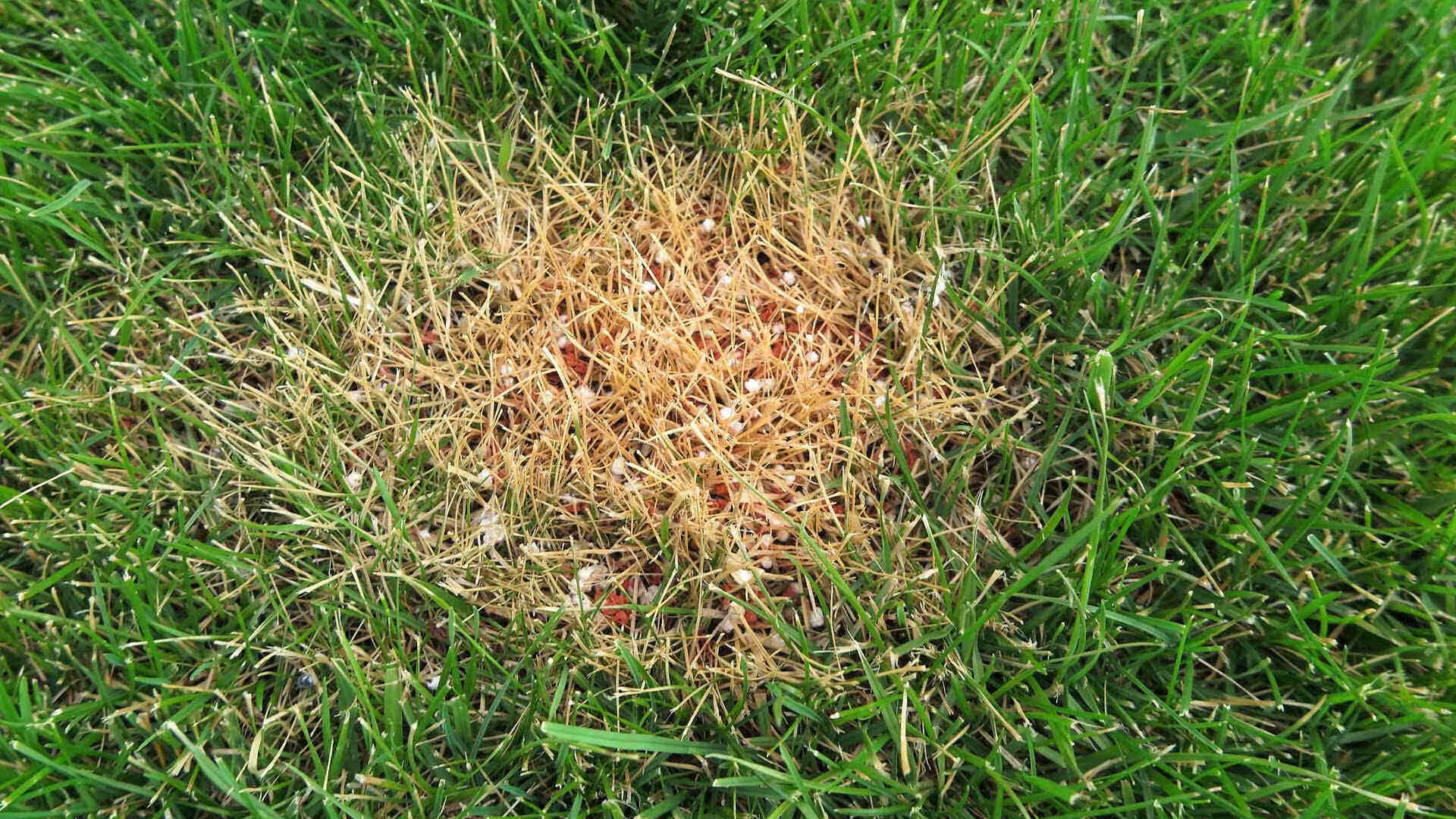


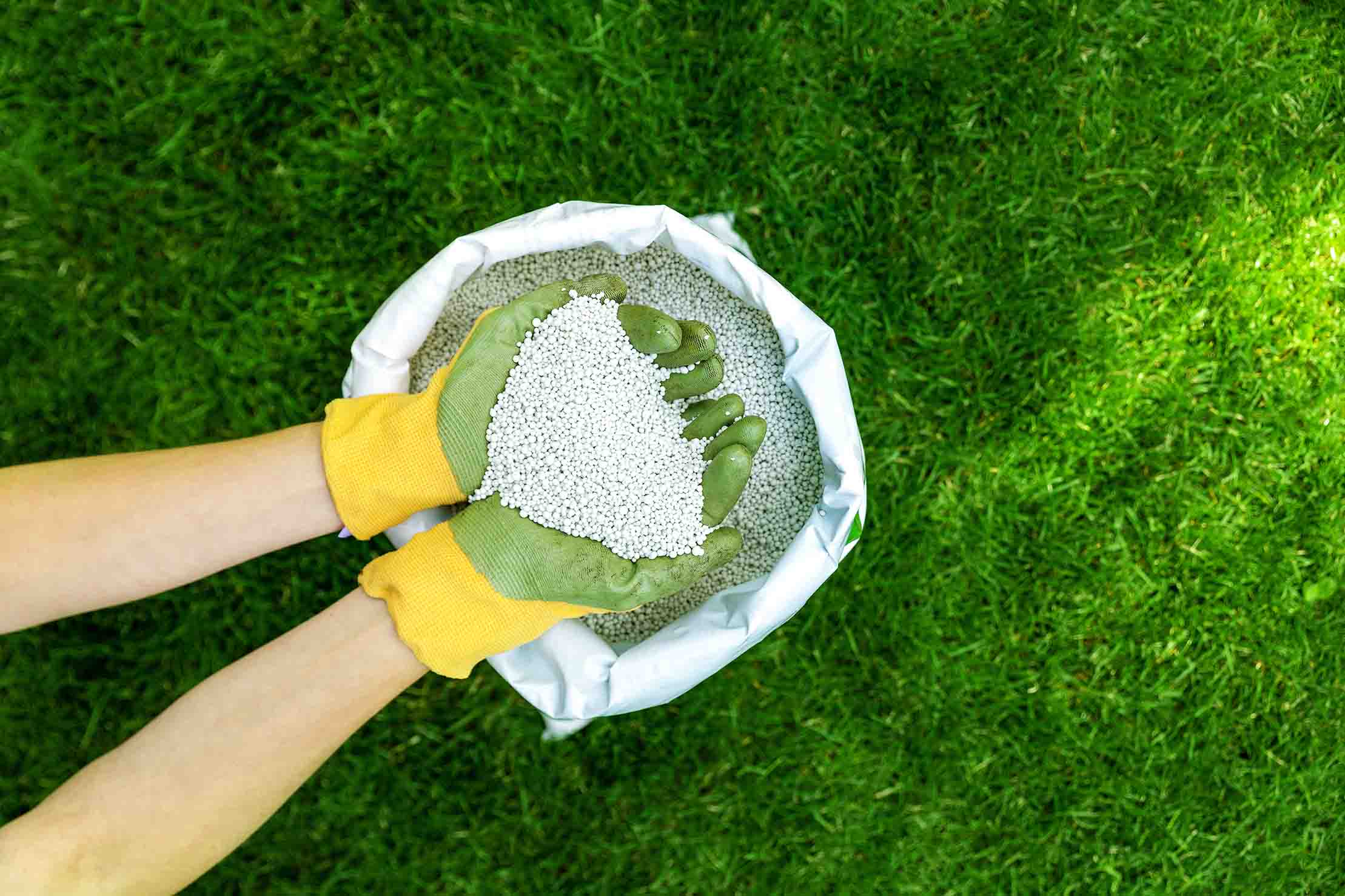



0 thoughts on “How Can Fertilizers Used On Lawns And Fields Affect A Lake?”